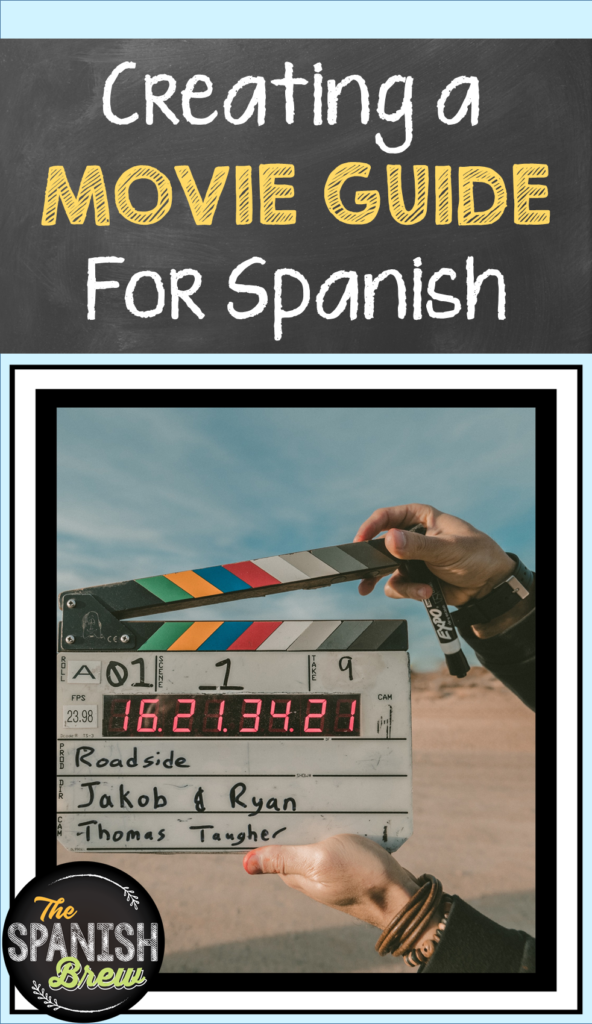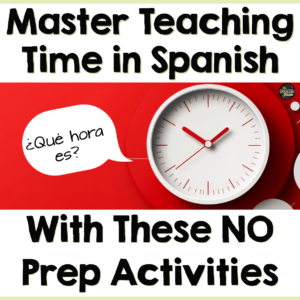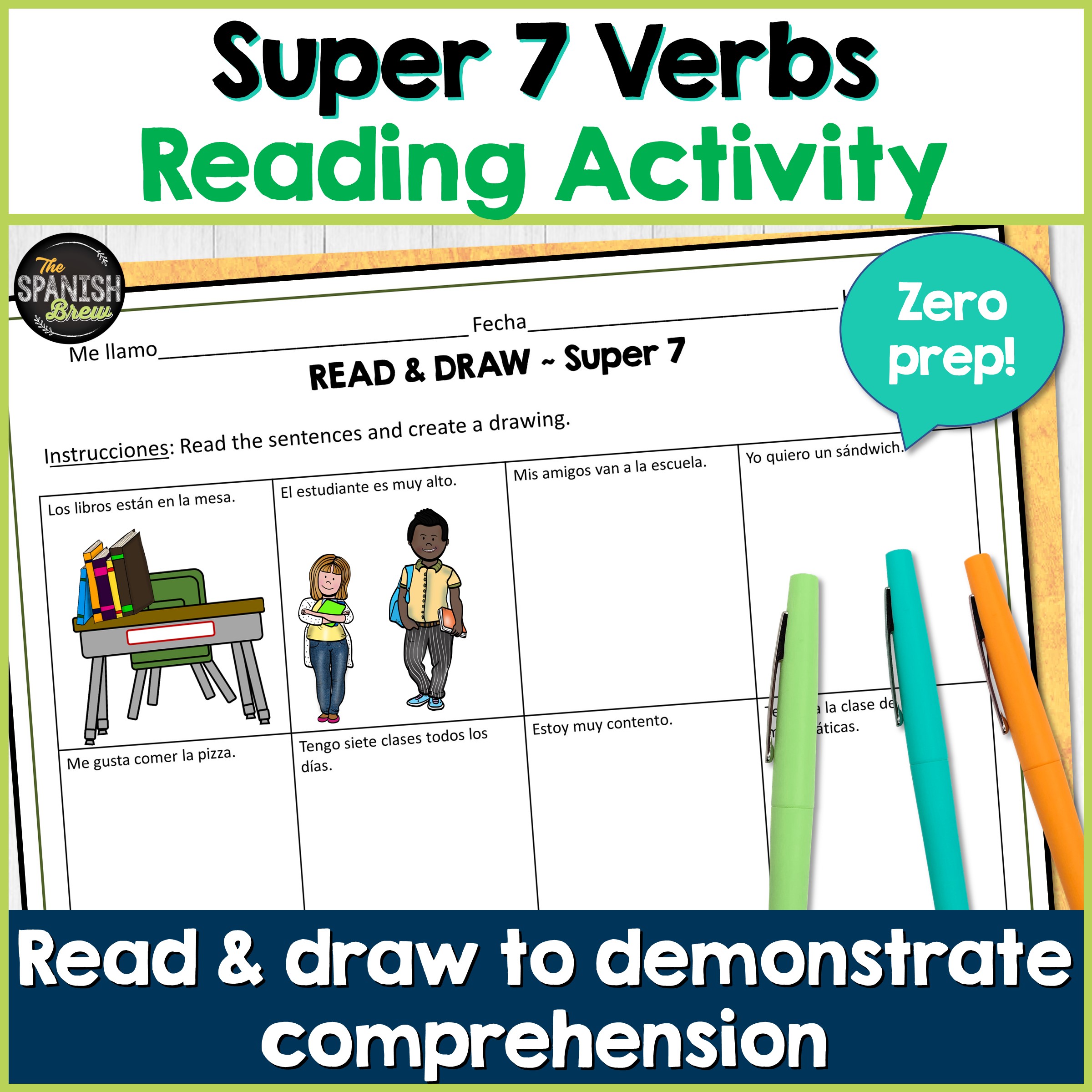Do your students bug you all year long to watch a movie in Spanish class? Do you look forward to that week more than anything because you get a little break from being on stage every day? Let’s be honest, both students and teachers alike love movie week. It’s usually a most needed mental break for everyone involved. (I love to show mine third-quarter when we’re all fatigued.)
However, showing a movie can also be a wonderful opportunity for increased comprehensible input for your students. Giving them tasks that go along with the video help to reinforce the language while linking it to something concrete that they are viewing. If they’re excited about the movie, they will naturally be more willing to want to talk about it. I totally use that enthusiasm to my advantage to get them into the target language.
If you’ve always wanted to show a movie in class, or make it a more worthwhile experience, read on to find a step-by-step description of how to create a unit based around a movie.

Stop one- Work backwards
You want to start by thinking about the big picture topics that you want your students to be able to address. Brainstorm some essential questions, or “can do” statements. Having the end goal in mind is so helpful in determining what types of activities you will need in order to get them to that final step.
Step two – Identify key vocabulary
The Second Step involves predetermining key vocabulary and grammatical structures that your students will need to know in order to express themselves in the target language. Brainstorm a list of these expressions and create some activities and games that help to increase repetition. Students should be exposed to this vocabulary before you begin the movie.
Step three – Know your audience
This requires you to think about your target audience. Are they novice learners who have limited vocabulary and grammar base? Are they upper-level students that are able to not only describe what they’re watching but also debate higher level thinking questions? Make sure that the types of questions you ask and the vocabulary that you use are suitable for the students’ proficiency level.
Step four – Personal questions
Create a series of questions that students can answer using their own opinion. My high school students love nothing more than to talk about themselves, so I use that to my advantage and get them talking about their opinions related to the movie. You might ask them what they would do in the character’s situation or you can take a theme or topic from the movie and get the students to respond to it based on their opinion. It can be tied specifically to the movie or a broader theme.

Step five – Assessments
With your essential questions and “can do” statements in mind, begin to craft your assessments. It is important that your students are able to demonstrate their skills in a variety of ways. Some are going to be more talented at interpretive listening and reading. Other students will feel more comfortable speaking either interpersonally or presentational. Finally, other students will feel more comfortable with a pen and paper through interpersonal or presentational writing. It’s so important to let them demonstrate their skills and also challenged them in areas that they might not feel as comfortable.
If you’re looking to make a really amazing unit to get the most out of showing your students a movie, follow these simple steps to create an entire unit worth of material. To make it simple, check out a couple of the examples that I’ve already made. Happy planning!
If you liked this post, remember to sign up for my mailing list to get all the latest tips for teaching Spanish delivered right to your inbox!




No Comments